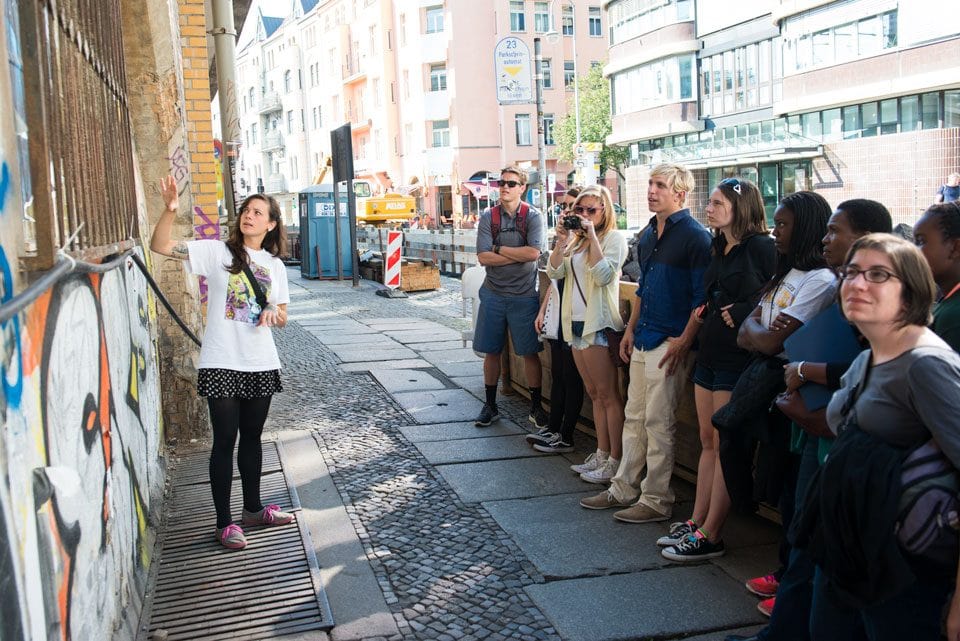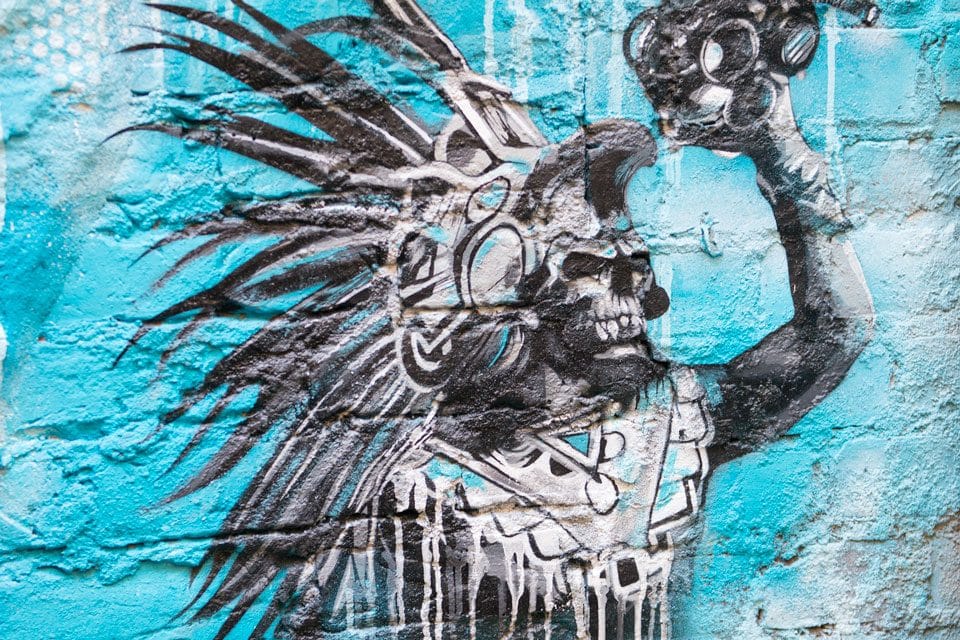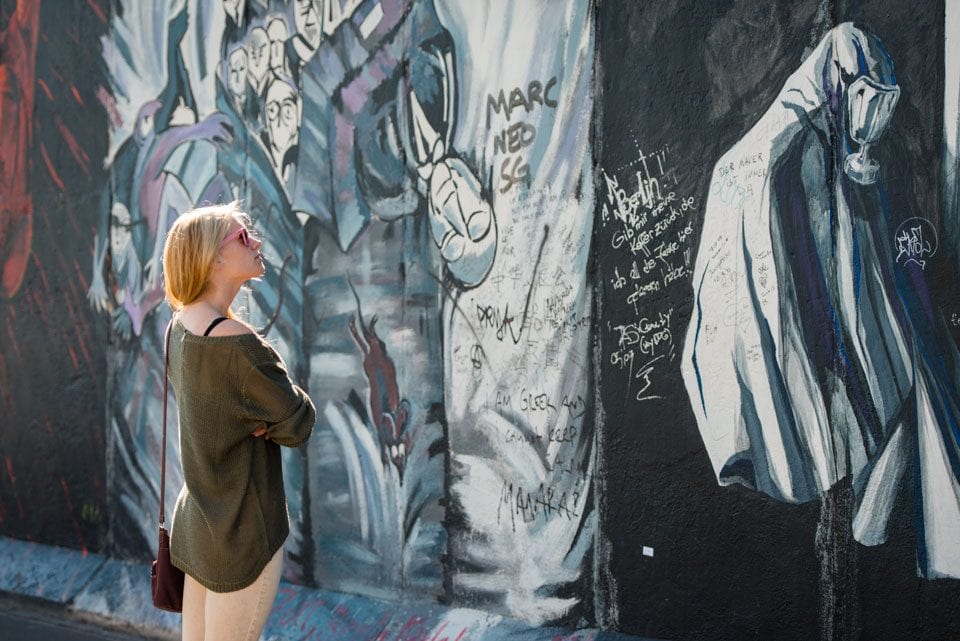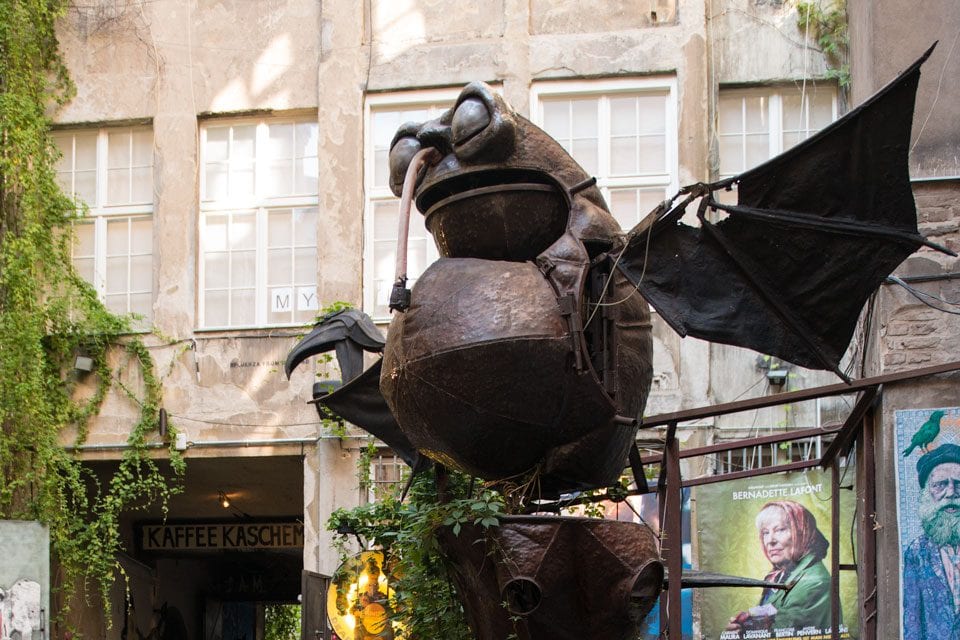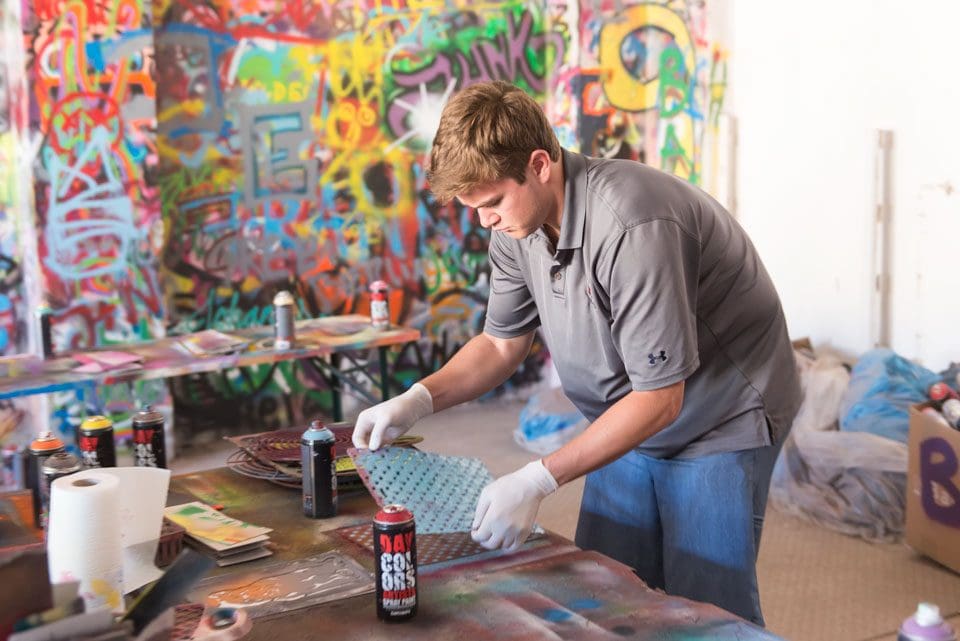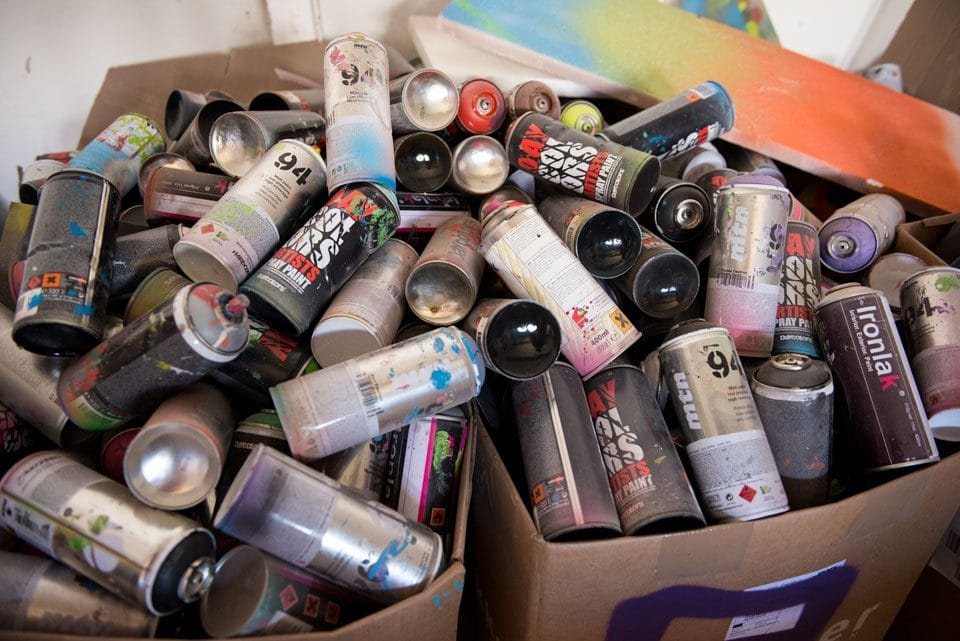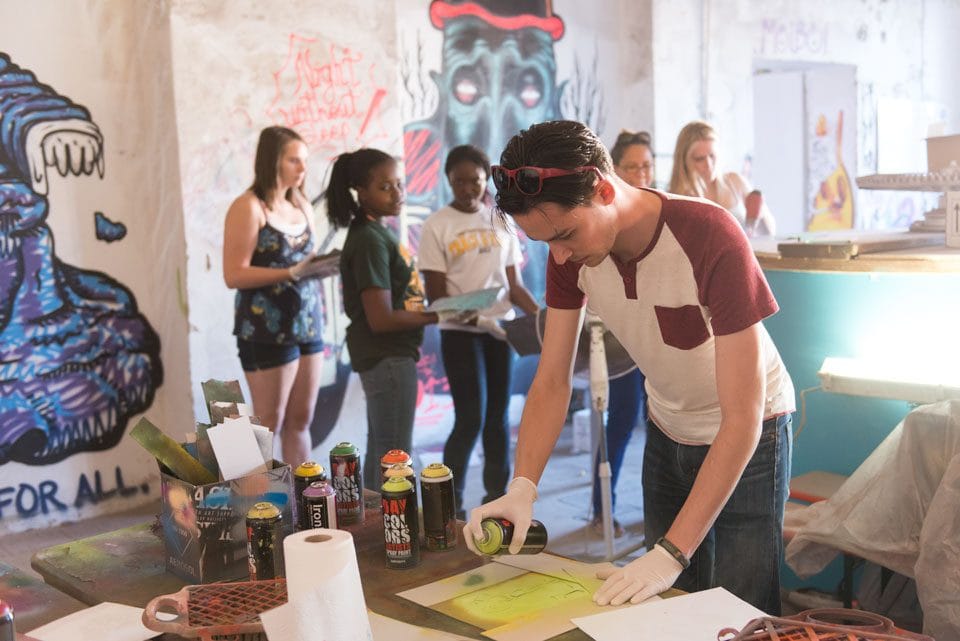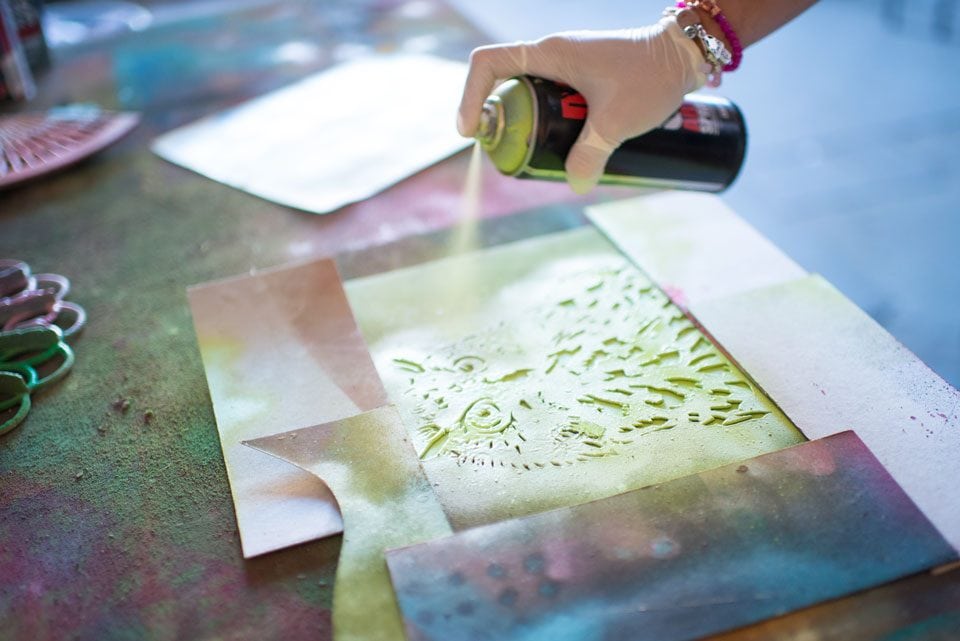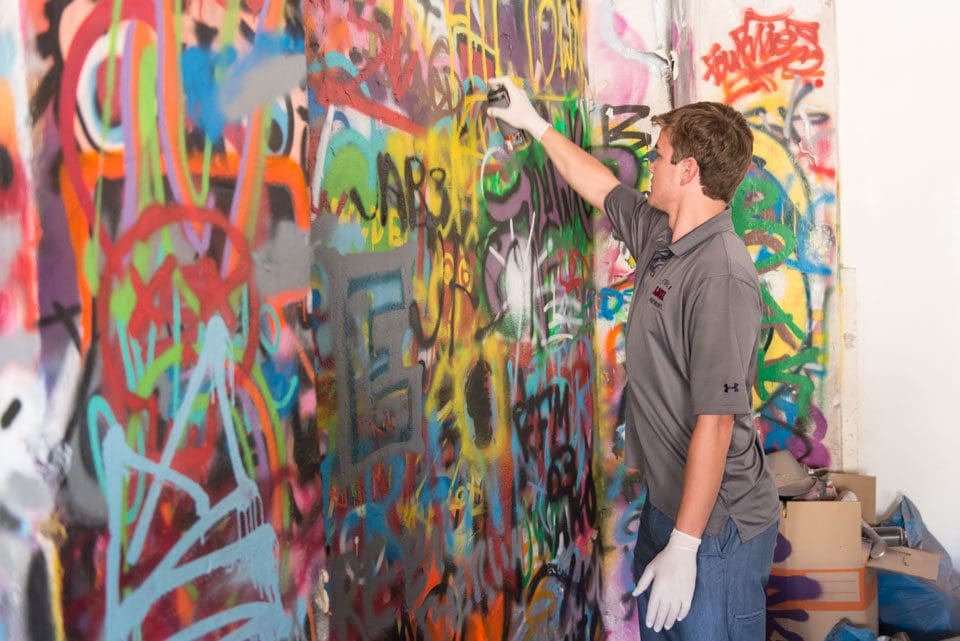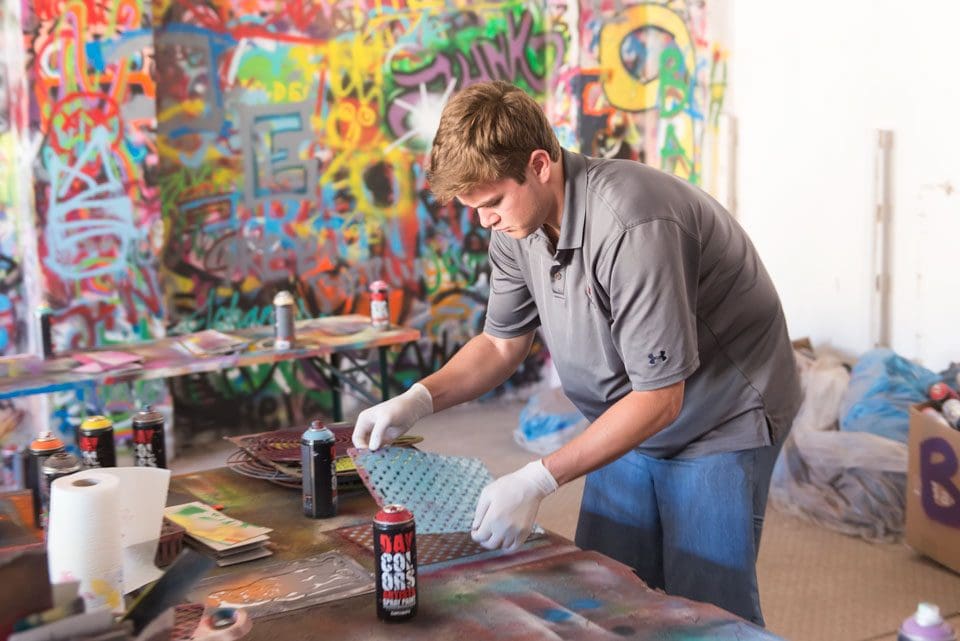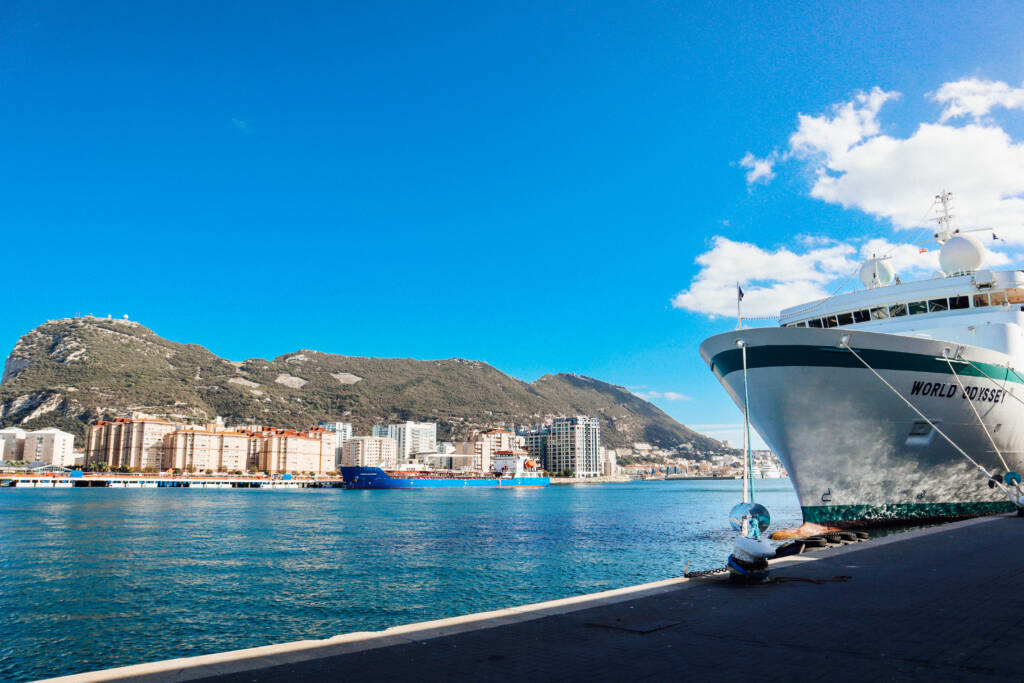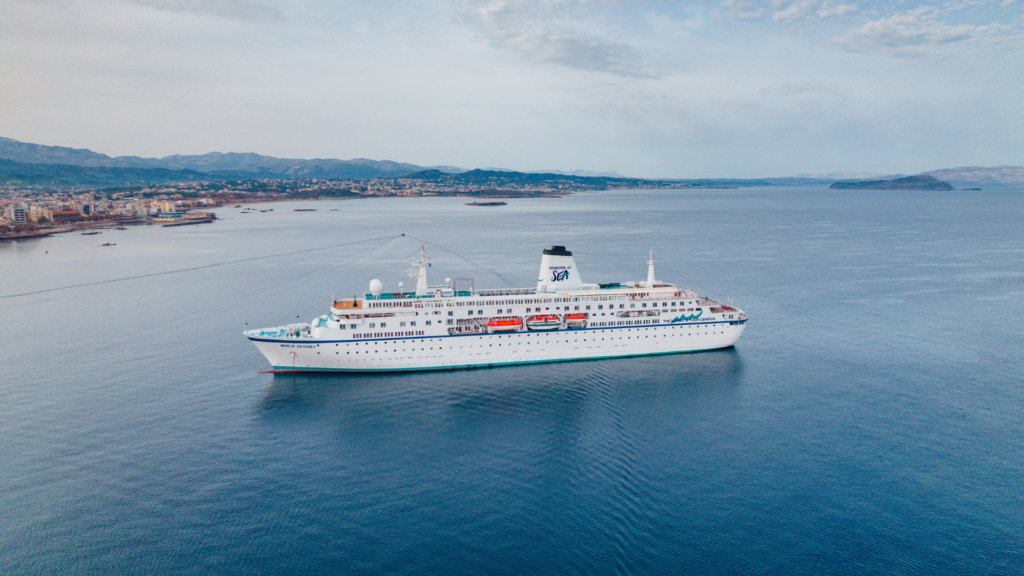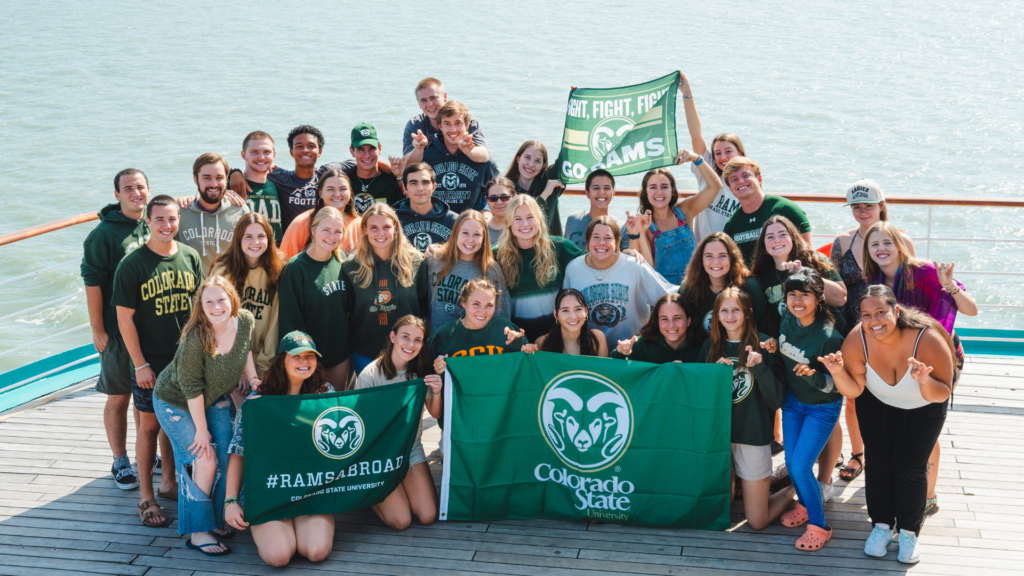SAS Fall 2013 voyagers explored the graffiti culture and history of Berlin with an intimate two-day tour led by local street artists. Berlin’s urban art movement started in the ’70s when West Berliners began defacing their side of the Berlin Wall. The wall became a cultural Mecca for urban artists to express their opinions. Today, graffiti and street art remains a large part of German society and has helped Berlin evolve into a popular destination for art lovers.
SAS participants had the opportunity to visit the back alleyways of Berlin, along with the chance to leave their mark at a graffiti workshop. To close the trip, students visited the longest remaining section of the Berlin Wall located along the East Side Gallery.
